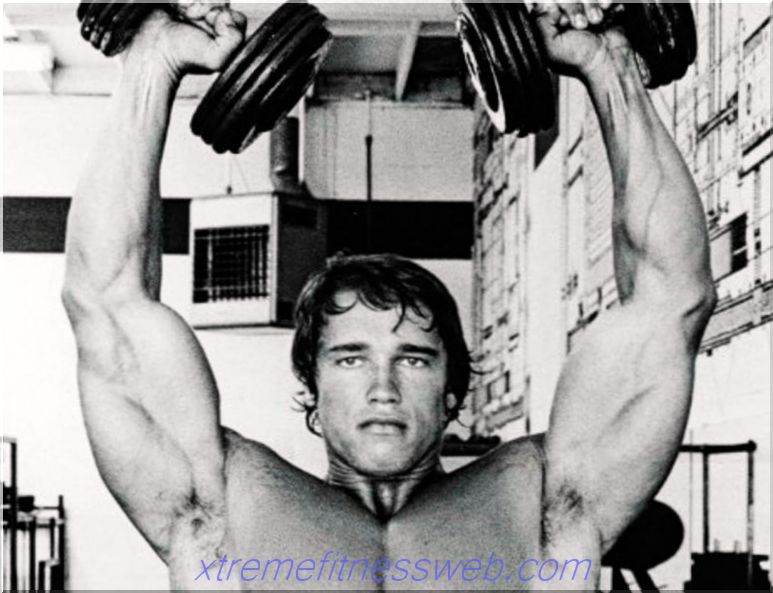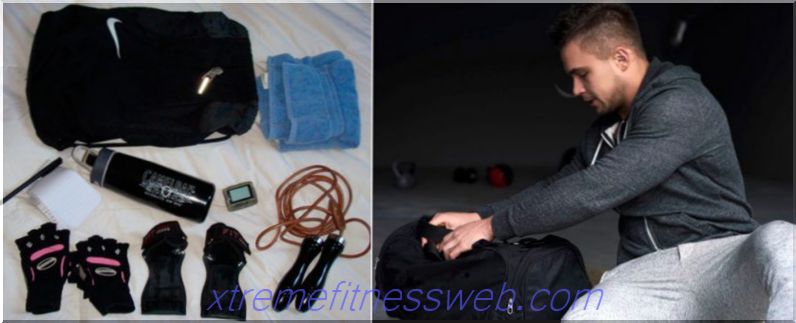
Inflated calf muscles look beautiful. To pump them, you need to put in quite a lot of effort. The difficulty in working out this muscle group lies in the fact that they are involved in everyday life, and, therefore, are accustomed to the constant loads that fall on the legs while walking. Therefore, it is very important to select the most effective and efficient exercises.
Of course, training is best done in the gym, where there is all the necessary equipment and sports equipment. However, there are no less effective exercises that allow, having patience, to achieve the goal and at home . The main thing is to devote enough time and attention to training, but within reasonable limits, avoiding overtraining and overload. If the loads are too large, then the calves begin to hurt. This signals a need to reduce the intensity. A feeling of fatigue and a burning sensation testify to correct training. There shouldn't be any pain.
Do not question the fact that weak and thin legs do not color a man, especially if he has a pumped and powerful torso. Such an imbalance looks quite comical. The figure of an athlete looks completely different if the legs are well designed and decorated with an attractive relief. And to achieve this, it is necessary to correctly and competently organize the training of the calf muscles. A clear idea of how this muscle is built allows you to do this.
Content
- 1 More on Anatomy
- 2 How to start training on the calf muscles
- 3 calf exercises at home
- 3.1 "Spring"
- 3.2 Toe walking
- 3.3 Walking stairs
- 3.4 Step platform
- 3.5 Jumping with dumbbells
- 4 Gym complex
- 4.1 Lifting toes while sitting
- 4.2 Lifts from a standing position
- 4.3 Toe Press
More on Anatomy
 The calf is called the biceps muscle located on the back. At first glance, it may seem that she is alone, but in fact there are two muscles. This misconception is due to the fact that you can see and feel only the upper one, under which there is a second, called flatfish. It is the “invisible" muscle that is responsible for volume. Increasing, it acts and, as it were, inflates the upper one.
The calf is called the biceps muscle located on the back. At first glance, it may seem that she is alone, but in fact there are two muscles. This misconception is due to the fact that you can see and feel only the upper one, under which there is a second, called flatfish. It is the “invisible" muscle that is responsible for volume. Increasing, it acts and, as it were, inflates the upper one.
During running and walking, both muscles are involved at once. Constant load does not always give the desired result. The main reasons for this may be the following:
- selection of workouts with too low intensity;
- a similar effect, that is, the lack of a set of volume, gives an excess of loads;
- wrong training.
For the proper preparation of the training complex, it should be borne in mind that the lower (soleus) is worked out in a sitting position, and located above it (surface) - in a standing position. To get the maximum result, it is necessary to use both the lower and the upper ones in the training.
The key to success is not a constant repetition of the same exercises, but heavy training with weight. The regularity of classes should be selected moderate. Training is recommended once or twice a week, but no more. Otherwise, it will cause overload and the result will be the opposite of the desired.
The frequency of training should be such that the cardio loads present in the schedule, if any, were carried out before working with iron. It is best to work out the calf muscles at the end of the workout on the legs, and start with the soleus, since it is stronger than the surface.
How to start training on the calf muscles
Go to the direct implementation of the exercises should be after warming up - warming up. An excellent solution would be a massage, you can do it yourself. There is no difficulty in kneading and massaging the calves yourself. In addition, you need to stretch your fingers and ankles. These "measures" are prevention of sprains.
You need to start with the simplest exercises, which are related to warm-up, they can be performed at home.
Caviar exercises at home
"Spring"

Starting position
Stand up, keep your back straight.
Performance
Rise slowly on your toes. Try to do this so that the heels are as high as possible. Next, take the dumbbells. When balance is difficult to maintain, you can hold onto the support with one hand, and take only one weighting compound.
To complicate the exercise allows the alternate execution first on one and then on the other leg. The main thing is to do this with weights.
Perform the spring 3-4 approaches, 30 in each.
General recommendations
Do the exercise slowly.
Toe walking

A simple but effective exercise, the essence of which is to walk on toes for some time. The main thing is to try not to bend your knees.
Walking up the stairs

Get up and down the stairs until you feel tired in your muscles. You can just walk or step up the stairs. It is better to alternate both approaches.
These exercises are very simple, do not require the use of simulators, and can easily be performed at home.
Step platform

Instead of a platform, stair degrees can be used.
Starting position
Keeping your back straight, stand on the edge of the platform or on the step with your socks.
Performance
First tiptoe as high as possible, and then lower your heels all the way to clearly feel the ankle stretch. You can lean against the wall with one hand and take a dumbbell in the other hand.
General recommendations
Change the position of the legs. Keep your feet parallel, then move your heels or push your socks apart. A combined approach to the exercise will work out the various parts of the calves. The parallel position of the feet is aimed at developing the middle part, the shifted heels are on the inside, and the toes are on the outside.
Dumbbell jumping

A very difficult and difficult exercise that exerts a high load.
Starting position
Sit down, pick up the dumbbells.
Performance
Jump from the accepted position as high as possible.
Gym complex
The exercises below are specific. They are aimed at separately pumping up both the superficial and soleus muscles, performed with the use of simulators.
Sitting on toes

Starting position
Sit on the simulator seat, place the toes of the feet on the steps, point the heels down, and lower the levers to your knees, and then lock.
Performance technique
Raise your socks to the highest possible height, linger at the extreme point.
General recommendations
To ensure that the exercise is performed correctly, stretch the calf muscle before each lift.
Standing ups

Similar to those done with dumbbells at home, but performed on a simulator.
Starting position
Stand with your socks on the support step, and bring your shoulders under the stops. In this case, the heels should be lowered, tension should be felt in the calves.
Performance technique
Climb as high as possible on toes.
General recommendations
Hold for a few seconds in the extreme position.
Bench press

They are made on the simulator for leg press, which is an extremely effective sports device that perfectly copes with working out all the muscles on the legs and pumping up calves.
Starting position
Lying on the simulator, straighten your legs, squeezing the platform, lock the stops.
Performance technique
Remove the platform from the stops, squeeze it with socks, return to its original position.
General recommendations
Use guards to avoid personal injury.
Weights should be selected similarly to pancakes when doing squats using a bar. The optimal weight is one that allows you to perform a maximum of eight repetitions and no more than three or four sets.







